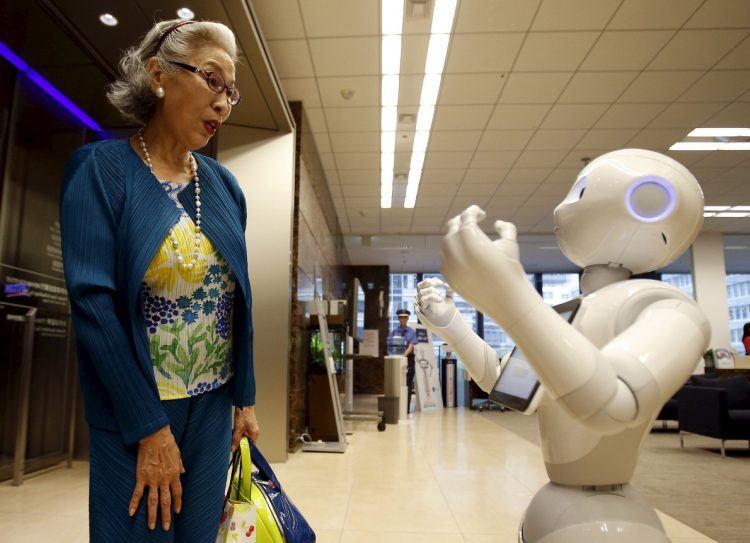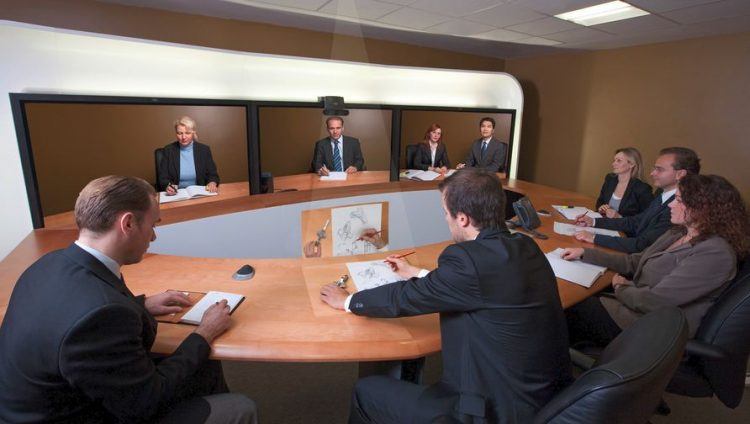
After Google acquired robotics company Boston Dynamics and Amazon snatched up Kiva, one question came to everybody’s mind: why would these huge corporations sink so much money into robotics? Whether they’re making logistical moves or turning to drones to increase efficiency, it’s clear that the tech industry isn’t the only one embracing robots. A wide variety of different businesses have turned to robots to improve their operations, processes, and bottom lines. Next up? Real estate.
Robotics in the real estate industry aren’t aiming to replace agents – don’t worry about robots showing properties anytime soon — but improving accuracy and the quality of information available to real estate professionals and their clients. Here are some ways that robotics are being integrated into the field of real estate.
Precise Mapping & Inspection

Having precise interior and exterior maps is key in all fields of real estate, and two robots have come onto the market that make it possible. The Sanborn Platform for Indoor Mapping, known as SPIN, is a semi-autonomous robot that uses laser scanning, computer vision, and photogrammetry to create incredibly detailed three-dimensional interior maps.
Not only are maps useful for showing clients geographical information and relaying spatial features, it’s becoming a very important part of conducting searches. The right geo-data can draw more interest from prospective buyers and help your existing clients find the properties that are just right for them. And as maps have also become interactive and increasing numbers of people are actually demanding access to dynamic maps, this type of robotic technology will become even more relevant to the real estate industry in the next decade.
Aside from SPIN, AtSite recently unveiled Max, it’s Smart Building Robot that not only visually inspects buildings, but collects an array of environmental data including CO2 and VOC levels, light, sound, pressure, humidity, and temperature readings. A robot that can provide accurate and thorough building inspections will add quite a bit of convenience to the real estate buying process. Picture being able to bring this technology along with you and get a same day inspection report for your clients. Such a robot wouldn’t just be a handy tool, but an invaluable addition to the client experience.
Property Maintenance

As more commercial properties take advantage of solar panels and the cost efficiency of harnessing solar energy, one particular robot called the Solarbrush will become more common. The Solarbrush is a lightweight robotic system that effectively cleans solar panels on large solar farms. It has the potential to be used on commercial buildings and works on panels inclined up to 35 degrees. It’s wireless, quickly cleans dirt, dust, and debris from solar panels, and makes sure their efficiency isn’t reduced from getting dirty. Cleaning solar panels on commercial buildings is a dangerous job, and using robots to do it would provide a safe way to maintain solar powered buildings.
Most of us are already familiar with interior robotic cleaning systems such as the Roomba, but with the introduction of the Solarbrush one has to wonder what the next innovation in robotic building maintenance will be. We may get to the point where landlords can have entire office buildings cleaned by robots within a day at the switch of a control or the click of a button.
Hospitality

The hospitality and real estate industries are closely linked, and those who work in commercial real estate should pay close attention to the innovative ways that robots are now being used in hotel and resort properties.
Upscale hotels across the nation are already using robots to make their guests’ stay more comfortable and convenient. New York’s Yotel has their Yobot, which is a luggage handling robot. Starwood Hotels has been working on releasing the Botlr robot at the Aloft in Cupertino, California. The Botlr takes it a step further than the Yobot by acting as a butler and helping guests with things ranging from delivering extra toothbrushes to fetching more towels for guest rooms.
Resorts with golf courses are very commonplace, but robotic caddies are not — at least not right now. However, Stewart Golf’s X9 Follow is seeking to change that. Not only can the X9 Follow literally follow patrons around the golf course, it’s able to carry golf clubs. If Stewart Golf could get their robot to retrieve a lost ball or drive a golf cart, it’s a sure bet that owners of resort properties would line up in droves to get one.
Will we see robot concierges in hotels and office buildings one day? It’s quite possible, as right now robots are being used as security on some commercial properties. Near London, the G4S Technology building is protected by Bob, the first robot security guard in Britain. Think of the many areas of real estate where such technology would be useful. Retail stores, apartment buildings, and a long list of other types of properties could become more valuable and attractive to buyers and tenants with a robot guard on duty.
Telepresence

Robots capable of telepresence have brought new meaning to the term “multi-tasking”. Have you ever needed to be in more than one place at a time? All real estate professionals can relate to that, and with robotics it’s possible. Telepresence robots are remote controlled wheeled devices with screens that allow you to video conference from just about anywhere. You can give clients previews of properties, have virtual meetings with co-workers and prospective clients, and control it all with just a few clicks from your smartphone, PC, or tablet. Such scalability gives real estate businesses the chance to grow like never before.
Would it be odd for co-workers or clients to see what looks like an extra-tall selfie stick on wheels rolling into a meeting? Initially, it would seem a bit out of place. However, all worries would quickly be put to rest as it’s truly no different than videoconferencing on a PC or tablet. Such technological innovations provide ways for real estate professional to work smarter, not harder.
Robots in real estate have the potential to greatly increase the efficiency of the industry and make helping clients easier than ever before. Within five or so years, it may become much more commonplace to see robotics in action in real estate offices across the country.


Comments
Loading…